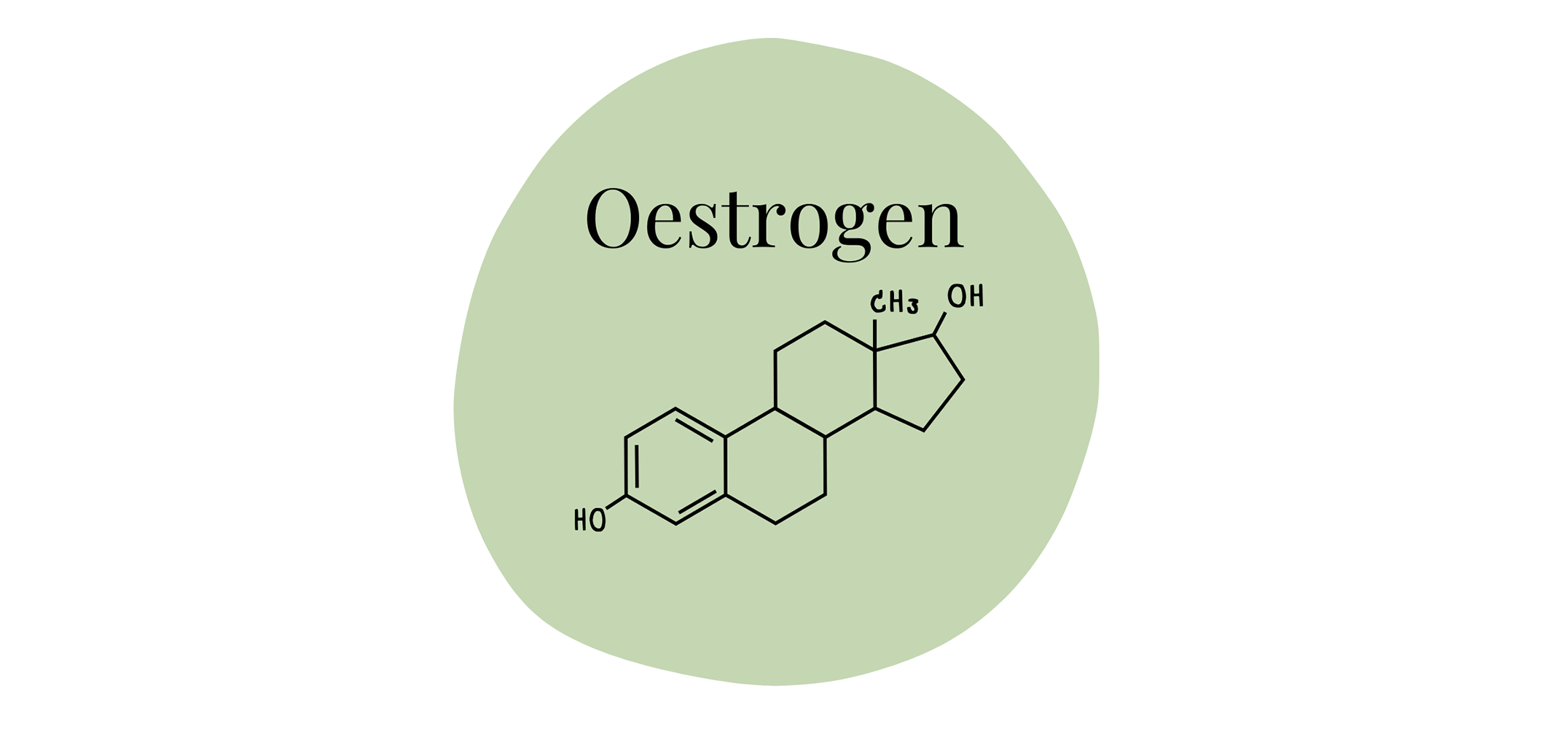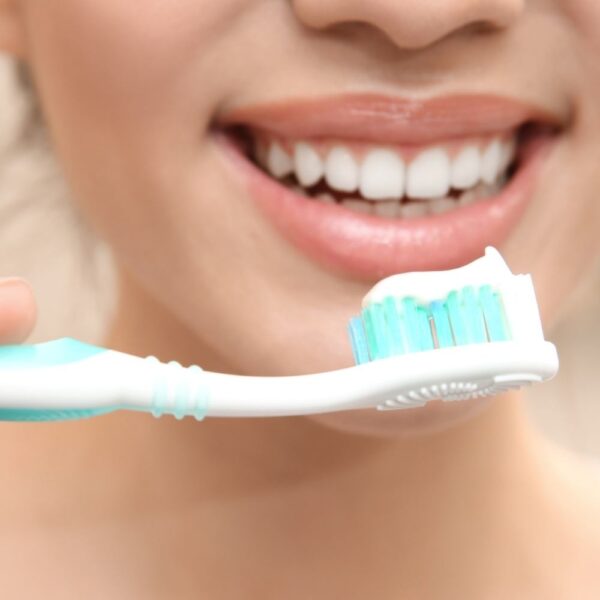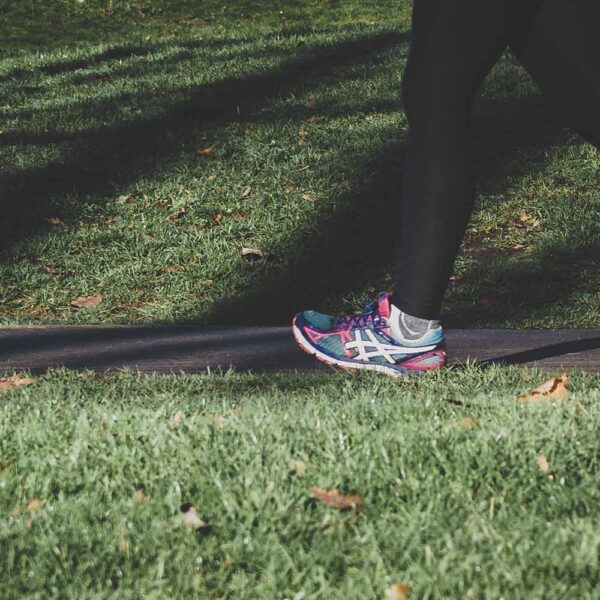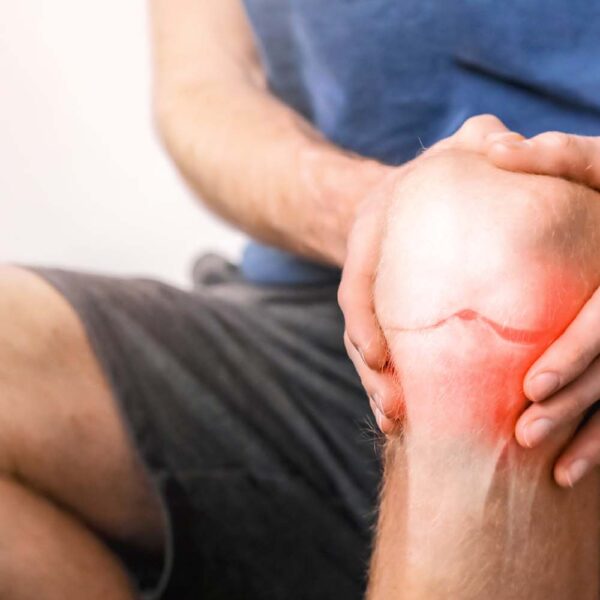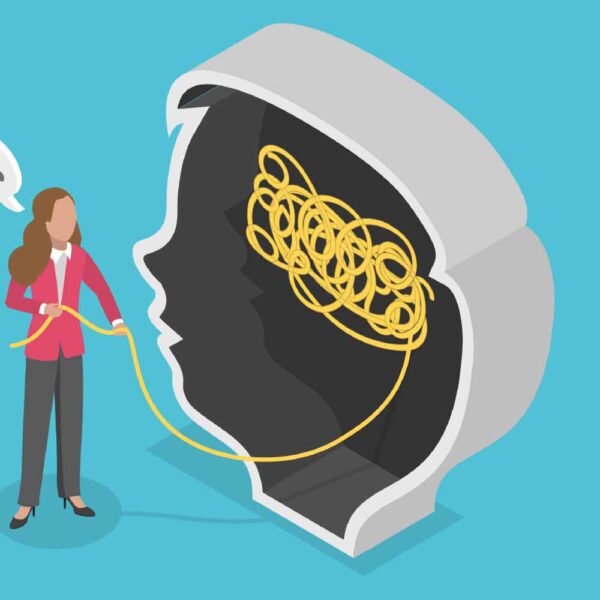Oestrogen is often referred to as the matriarch of the female sex hormones, and although one of the most talked about hormones in menopause, there is still so much incredible knowledge about its role in the body that doesn’t get discussed enough. While oestrogen is of course, well known for its influence on the menstrual cycle and menopause, it also plays a crucial role in bone health, heart function, skin elasticity, brain function and even mood regulation. This blog post is about all things oestrogen- where it is produced, how low or high levels affect our bodies and what can affect oestrogen levels in our bodies.

Where is oestrogen made?
Oestrogen is mainly produced in our ovaries with the highest oestrogen levels during the egg-releasing period (ovulation) and after menstruation. But our body is a very clever organism, and as oestrogen levels decline (as what happens during menopause), our body shifts to trying to obtain our oestrogen from another source (oestrone) from our fat cells and adrenal glands
The science? First, cholesterol turns into something called pregnenolone, which then becomes progesterone. From progesterone, your body creates androgens, hormones that are often thought of as “male hormones,” but women have them too. These include dehydroepiandrosterone (DHEA), androstenedione and testosterone. Now, here’s where it gets interesting, these androgens are actually the building blocks for oestrogen, the primary female hormone. An enzyme called aromatase helps convert androgens into oestrogens. The ovaries are the best at making this conversion, but fat tissue can also produce some oestrogen, which becomes important for women after menopause.
There are three main types of oestrogen:
- Oestradiol – the strongest form, and most common form for women during child bearing age.
- Oestrone – becomes the dominant oestrogen after menopause.
- Oestriol – the weakest form, made from both oestradiol and oestrone, and main osterogen during pregnancy.
How does oestrogen affect our body?
Sex hormone: Involved in the development of female characteristics (hip widening, growth of breasts, growth of pubic and underarm hair) and regulating the menstrual cycle. In women and men, oestrogen is also involved in sexual desire and erectile function.
Heart health: Affects cholesterol levels because oestrogen helps regulate the metabolism of fats or lipids in the liver. A drop in oestrogen is often associated with rise of LDL cholesterol.
Bone health: Oestrogen plays a crucial role in bone metabolism, supporting osteoblasts (the cells responsible for building new bone). It helps maintain bone strength and density, reducing the risk of osteoporosis. When oestrogen levels drop (such as during menopause) osteoclast activity increases (the cells responsible for breaking down old bone), leading to bone loss. By regulating these bone remodelling cells, oestrogen helps protect against osteoporosis in both oestrogen deficient and postmenopausal women.
Weight: Very interestingly, oestrogen impacts how our body stores and distributes fat storage. Before menopause, oestrogen directs fat storage mainly to the breasts, hips and thighs. However, as oestradiol (oestrogen) levels fluctuate and decline during perimenopause, fat distribution shifts with more being stored around the abdomen.
Mood: The science behind estradiols (oestrogens) role in emotional regulation and stress processing involves its influence on specific brain structures (Amygdala, hippocamus and prefrontal cortex) and neurotransmitters (dopamine and serotonin). High estradiol levels, such as those found in the follicular phase of the menstrual cycle or early pregnancy, tend to enhance the brain’s ability to regulate emotions and handle stress. This means that women with higher estradiol levels tend to process negative emotions in a more balanced way and are less likely to dwell on them. When estradiol levels drop during perimenopause and menopause, emotional regulation becomes less effective, causing the brain’s emotional systems, including the amygdala and hippocampus, to become more reactive to negative emotions, leading to intensified stress and difficulty shifting focus from stressful situations.
Skin and hair: Oestrogen is involved in skin elasticity, hydration and blood supply to skin. This hormone also affects our collagen production. Vagina lubrication and tissue health is another factor oestrogen plays a role in. Oestrogen helps maintain the health of the vaginal tissues, promoting elasticity and thickness, which are important for both comfort and sexual health. Low oestrogen levels can lead to thinning of the vaginal walls, resulting in vaginal dryness, irritation, and even increased susceptibility to infections.
https://www.ncbi.nlm.nih.gov/books/NBK538260/
Did you know, that oestrogen also affects muscle strength, joint lubrication (flexibility), liver function, bladder infection risk and maintains bowel function and balance of bacteria?
Why do our oestrogen levels fluctuate?
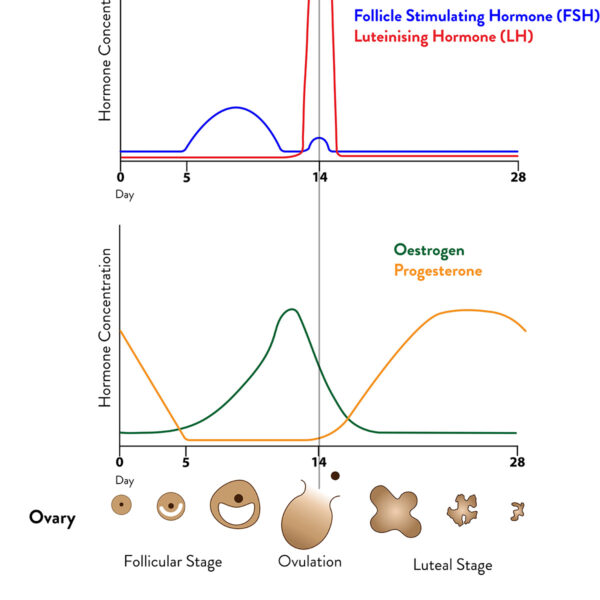
In the menstrual cycle, oestrogen levels fluctuate, rising during the follicular phase to support egg maturation and ovulation, because of oestrogen’s “feel good” ability, around ovulation is the time when women will feel great, often more confident and care free. After ovulation, oestrogen levels gradually drop then have a “small second wind” around a week later, they continue to drop and level out throughout the second stage during the luteal phase if pregnancy doesn’t occur. This is when oestrogen is often at the lowest and symptoms of low oestrogen (PMS as we often call it) can include fatigue, mood swings, hot flashes, night sweats, dry skin, low libido and difficulty concentrating.
What about during menopause?
As we age, oestrogen levels decline due to a decrease in egg cells and follicle function, leading to peri menopausal and menopausal symptoms like hot flushes, dry skin, and mood swings. After menopause, oestrogen levels do not return to their previous levels, as the ovaries stop producing significant amounts of the hormone. However, some oestrogen is still produced by other tissues, like the adrenal glands and fat cells, but in much smaller amounts. Hormone replacement therapy (HRT) can help manage symptoms by supplementing oestrogen, but natural oestrogen levels do not “normalise” post-menopause.
Understanding how and why oestrogen affects our bodies empowers you to be kinder to yourself and your loved ones during hormonal transitions. By recognising how oestrogen changes our body and the possible challenges that come with fluctuating hormone levels, you can better support yourself and others in navigating the health journey with compassion and care.

